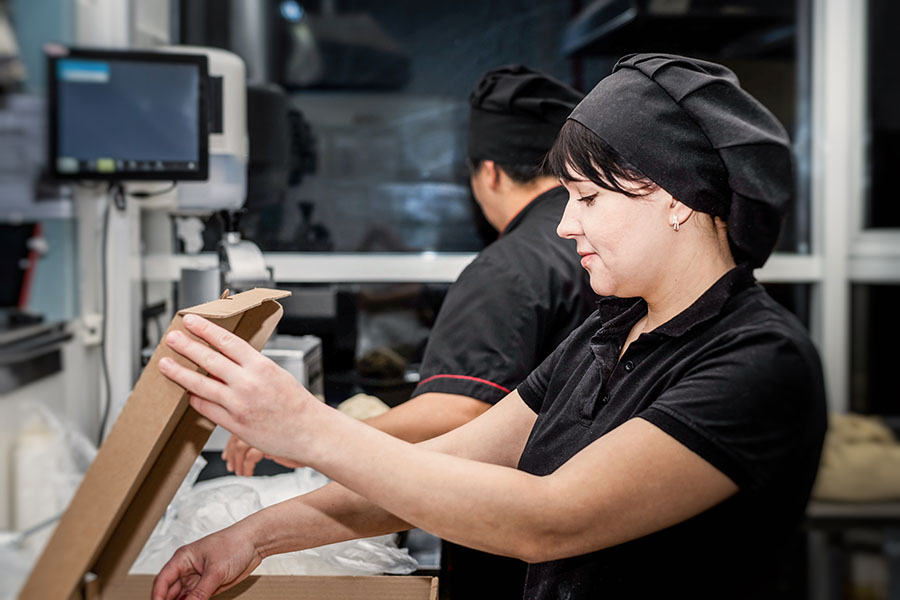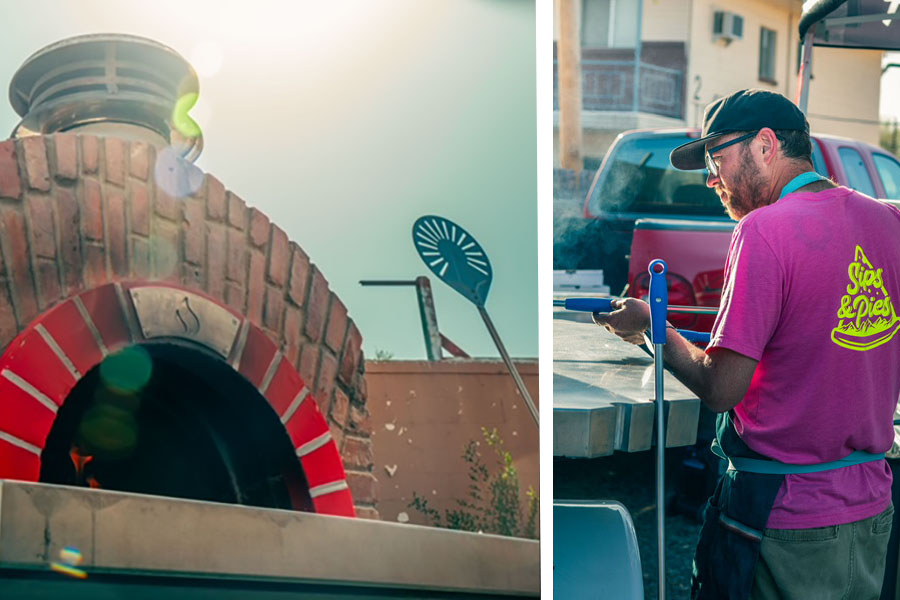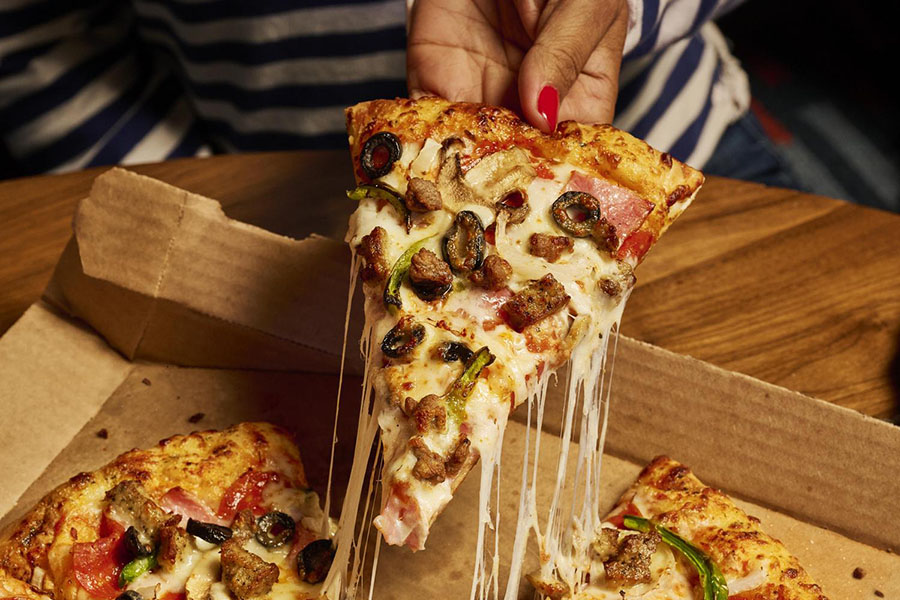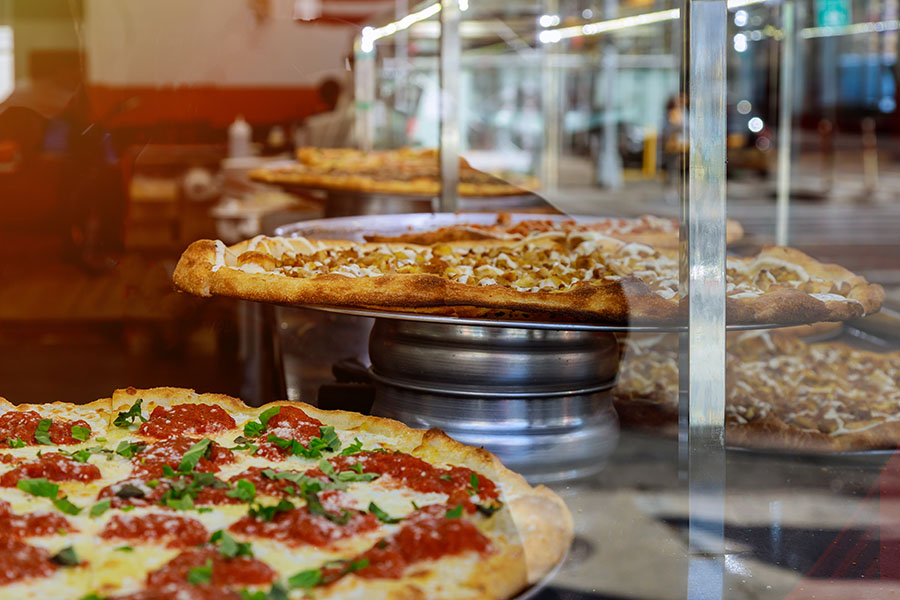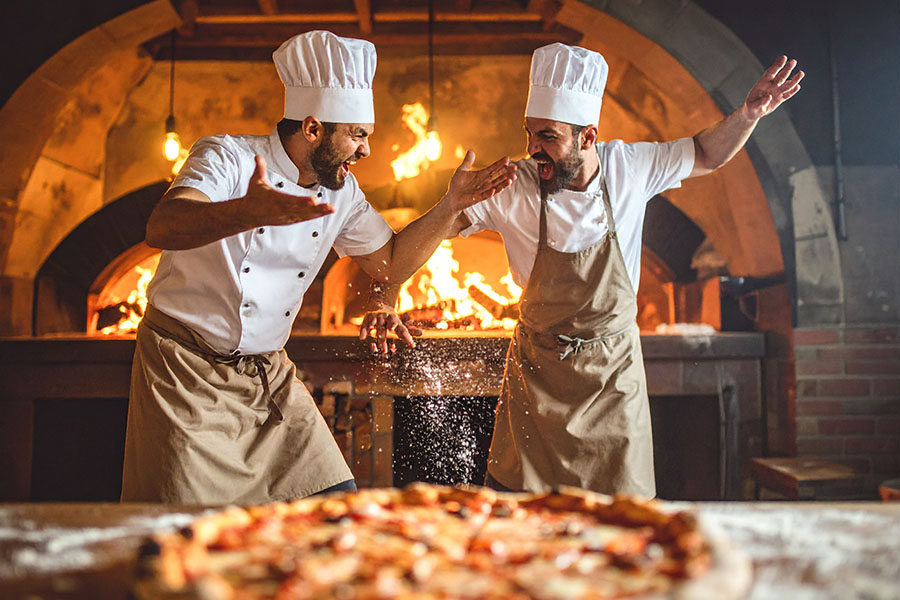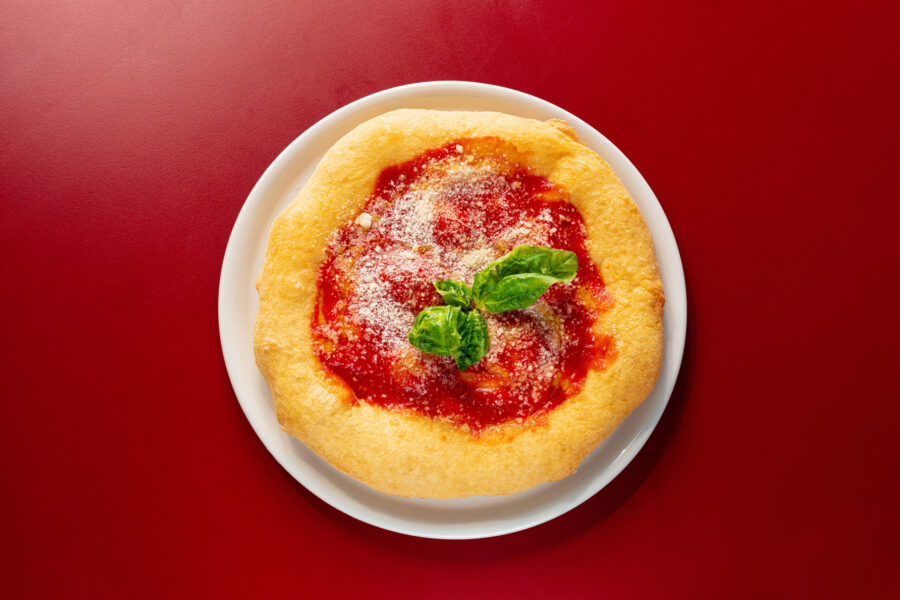 Vino can make the difference between a good night and a great night
Vino can make the difference between a good night and a great night
Since 1970, the folks at Pizza Man in Milwaukee, Wisconsin, have had a long-distance love affair with the vineyards of California’s Napa Valley. And they have brought that love back to the Midwest by providing Napa wine for thousands of their customers to enjoy.
The decision to offer wine by owner Mike Amidzich has always been about creating an emotional connection between the heart, mind … and palate, says General Manager Sarah Baker.
As for making a profit? That’s just a side benefit! And the business has definitely benefited.
“The owner’s initial focus was definitely not bottom-line focused,” Baker says. “It was more for the uniqueness of selling wine. You have to decide what stance you’re going to take as a small business owner when it comes to wine. Today, because of the current marketplace where every penny counts, it should be more bottom-line focused. And selling wine does a great thing for our bottom line! But it has to be done right, and you have to be very aware of the cost and of the potential for loss.”
So how do you introduce affordable wine into your menu, convince customers to share your love for the grape and, in a worst-case scenario, get them to buy unpopular inventory so you won’t lose your investment?
• Start with a small inventory and don’t over-buy, Baker says. “With so many choices, if you love wine like most buyers do, it’s difficult not to want to buy everything,” she says.
Find out customer demand by asking customers what they prefer. Pizza Man doesn’t sell a lot of white wine, for example. (Miller assumes it’s because people prefer warm reds during sub-zero Milwaukee winters.)
Then, work with distributors to find out if you have the ability to purchase five cases for half cost while you test a brand with your customers. Or, have a small rotating list of a “featured glass” of wine each month. Buy just one case of the “featured” brand to start, and if it’s popular, get more.
“This provides incentive for people to come back. They’ll look at you as someone they can rely on to show them the next cool thing and motivates them to keep coming in month after month,” Baker says.
Also, consider starting with keg wine, which is protected from oxygen. “You can have it around for a lot longer than the bottled,” Baker says.
• Wine price point should match food price point, says Matt Ridgway, general manager of Pizza Rock in Sacramento, California. For example, most customers won’t order a $50 bottle with a burger, but Ridgway has seen his customers order a $25 bottle.
“My rule of thumb is to balance the whole menu to have a price point that is consistent throughout. To do that, find out the check average. That’s your medium for the wines by the bottle,” Ridgway says.
“Also, offer all varietals by the glass. There is nothing on our menu that is bottle only. We have an extensive ‘by-the-glass’ list. And our cost by the bottle is offered at a fraction of what four glasses would cost. This way, you can emphasize bottle purchases. But don’t carry anything that you’re not willing to serve by the glass.”
• Choose “wines with a story” when selecting brands, says Erin Miller, beverage manager at Zavino Wine Bar Pizzeria in Philadelphia, Pennsylvania.
Yes, brand recognition helps when propelling your wine program forward. However, it’s not as effective as being able to share with customers the special details about the wine they’re drinking.
“It means a lot for us to have wines with a story –– where we can talk about a family vineyard or a wine that’s been around for 30 or 40 years that no one recognizes,” Miller says. “It’s about the product, not the label.”
Talk to your distributors about the histories of the vineyards. Offer that detail to customers while serving them. “We have wines from all over the place, from domestic California and Washington, to Italian wines that fit well with our pizza, and a dash of Spain in there as well. Some fun stuff!” Miller says.
Ridgway achieves the same result by sticking with local California vineyards and telling his customers that they’re supporting their community.
• Turn lemons to lemonade, or rather, grapes into wine, with stale inventory. Lost profits can be converted into big business if you market unpopular inventory with unique promotions.
Ridgway made every Wednesday into “Wine and Dine Wednesday,” in which “special” bottles were $25 with the purchase of food. In one case, he moved wine he couldn’t sell within one month. He markets the event on social media and the restaurant chalkboard.
What if customers order by the glass, but it wasn’t enough to finish off the bottle? Baker has a neat trick for that: “Suppose we have two bottles that we need to sell in five days. We’ll put it on the chalkboard with special pricing and sell it by the glass. So if you have two glasses from a bottle that would have cost $300, we’re able to offer it at $20 per glass rather than $50 per glass. People can try the wine that they otherwise would have been hesitant to try. When they try it, it’s amazing. They come back for their birthday and anniversary and they do purchase that bottle.”
Staff Incentives
Pizza Man recently launched an intensive training every Friday on wines for staff. For one hour, classroom-style training is open to all – from cooks, to hosts, to bartenders, to bussers.
“It helps cement the culture of wine appreciation. If a busser can come to the table and talk about wineries, it’s powerful,” General Manager Sarah Baker says.
Pizza Man also has a monthly competition, in which staff members earn points for attending wine classes and having the highest sales. First prize is one paid day off, second prize is purchasing two bottles at cost and third prize is a $25 gift card.
Heidi Lynn Russell specializes in writing about the issues that affect small business owners. She is a regular contributor to Pizza Today and lives in Wilmore, Kentucky.
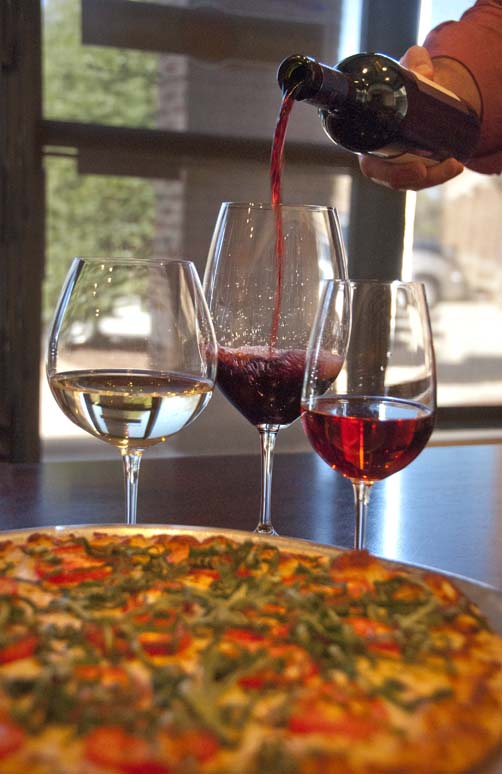
 Vino can make the difference between a good night and a great night
Vino can make the difference between a good night and a great night